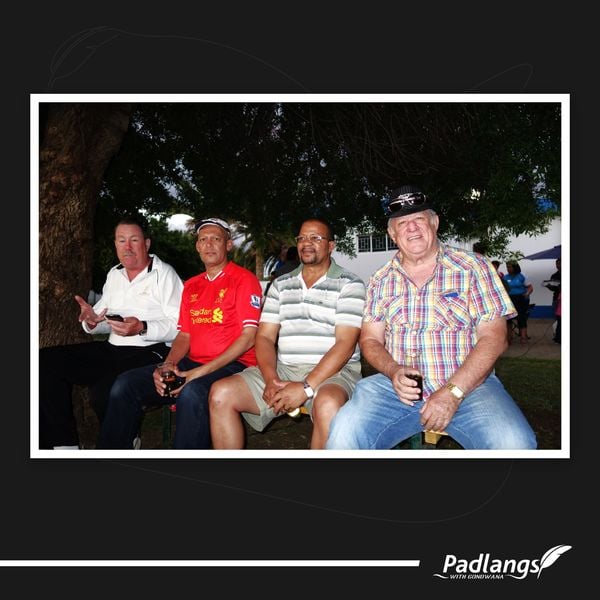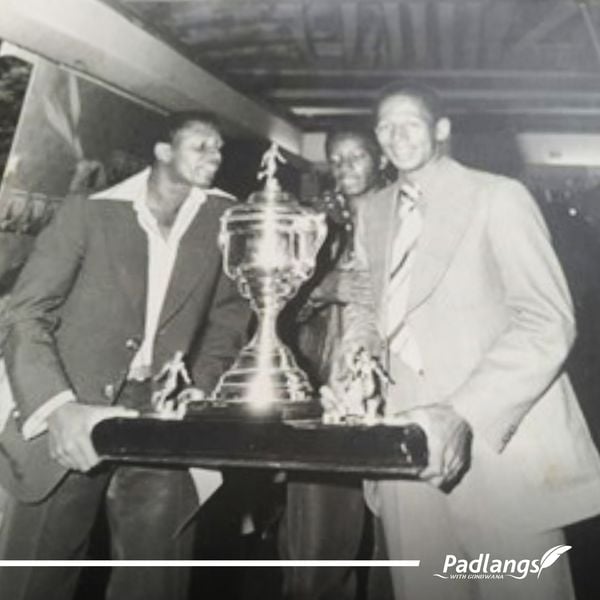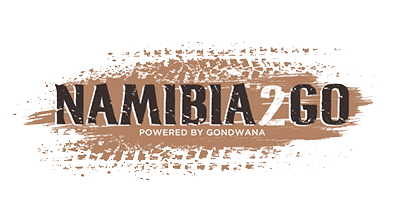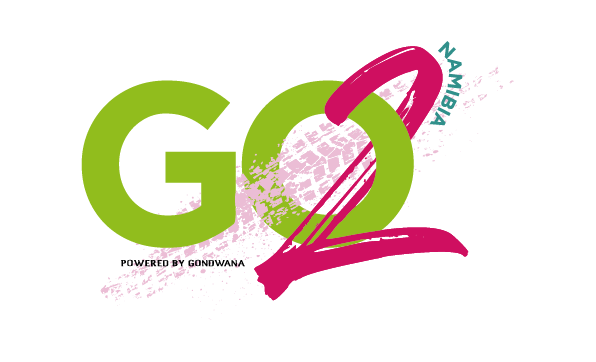by Manni Goldbeck
‘Welcome to the republic of sunshine, a state dedicated to the pursuit of awesomeness.’
Some of you may remember the state-of-the-art Mainstay advertisements where a sailboat was anchored in a bay of clear azure water and its beautiful occupants rowed to shore to frolic on the beach, break open coconuts and toast the day with clear Mainstay spirit. ‘Break away to the island, lured by the tropical sun’ were words that would remain with you as you sat in the cinema dreaming of escape when the main feature began.
Others may remember South Africa’s number-one drink of the 80s fondly symbolising the start of the weekend – a ‘blue top’ tucked under your arm on your way home from work to celebrate the days off, ‘Cane for the pain’ if consumed more regularly, Mainstay and Coke (known as ‘Spook and Diesel’), Mainstay and cream soda (‘Green Mamba’) or Mainstay and passion fruit or lemonade – a favourite with the ladies.

I remember in my younger days drinking many glasses of Cane and Coke, looking forward to the Mainstay soccer tournaments and my girlfriend’s itsy-bitsy Mainstay bikini. Who could forget? The Mainstay Cup was held in both South Africa and Namibia in the ’70s and ’80s and was the first mixed match between soccer clubs. As an enthusiastic soccer player, I was enthralled and have fond memories of prominent teams that played in Namibia like Black Africa, African Stars and Orlando Pirates. The last match was held in 1990 and won by Orlando Pirates. They were colourful teams with colourful names. My own soccer club, Ramblers, won the Mainstay Cup twice. When writing this article, I contacted old friend and longtime Ramblers member, Manuel Coelho, to ask him what he remembered about Mainstay Cup days. He replied that he was the right person to ask as his favourite drink – even to this day – is Cane and Coke, although with the demise of Mainstay he’s had to switch to other South African and Brazilian brands. Whenever he passes through small towns, he still visits the bottle stores to see if they have any remaining bottles of Mainstay. For me, he will always be ‘Mr Cane & Coke’.

Also regarded as a sugarcane-based vodka, Mainstay, made from fermented and distilled sugarcane juice from Kwazulu-Natal’s cane fields hit the market in 1954 and grew in popularity over the decades to peak in the early ’80s. Its familiar bottle with the blue top and sailing ship on its label would be among the most popular bottles in any bar, reached for frequently. The brand was strong, the adverts excellent and the price affordable. The marketing was so exceptional that it resonated with the public for decades and had an immense influence on the generations of the ’70s and ’80s. If you ask someone about Mainstay today, they may very well burst into song with one of the old Mainstay jingles.

The name ‘Mainstay’, meaning something that offered vital support or – in nautical terms – a line holding the main mast in position, was a name that struck a chord in southern Africans of all ethnicities.
Why then did it sail off the shelves and away into the sunset in the 2020s without any fanfare? It’s said that Mainstay lost the marketing edge to other Cane brands and that Brandy and Coke replaced Cane and Coke as a popular drink. Bottles of Mainstay were gradually substituted with bottles of Oude Meester and other Brandy brands. Times had changed.
But, even with the passage of time, when paging through an old magazine and coming across a Mainstay ad, it took me straight back to my student days. The words and the tune of their jingle ‘You can stay as you are for the rest of your life or you can change to Mainstay’ remained with me for the rest of the day, as did the image of an idyllic island and the feeling of escape. ‘Break away with Mainstay’, indeed.
Send us your memories or photos of Mainstay and stand a chance to win two nights for two people at one of Gondwana’s premier lodges (terms & conditions apply).
(Reference: Cheers to a mainstay of community spirit (iol.co.za)


.png)
.jpg)
.jpg)




.png)

SUBMIT YOUR COMMENT